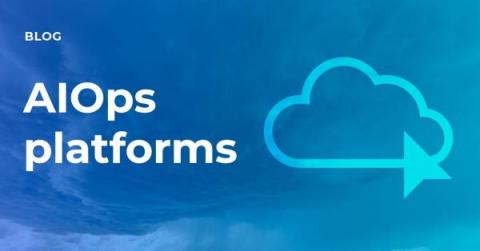How observability and AIOps work better together
If you’re juggling complex, cloud-based, containerized systems and aiming to meet high customer expectations, your old monitoring processes probably don’t cut it anymore. Increasing infrastructure complexity means you need to instrument more, log more, and monitor more. That leads to even more complexity. The answer is better observability, right? Yes and no. Observability and monitoring are critical, but they are only part of what you need for service awareness and availability.











